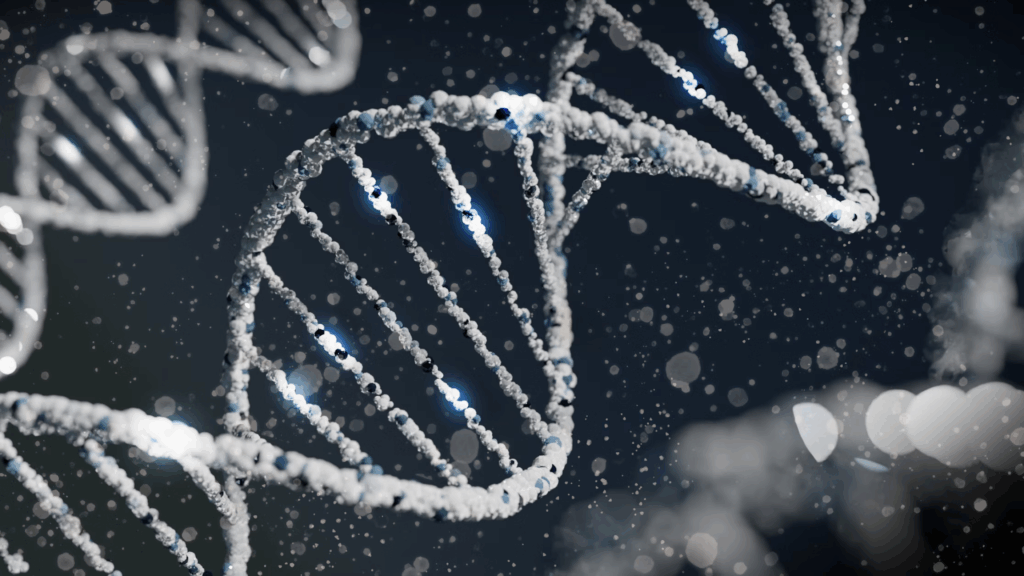In the crystal-clear waters of Southeast Asia, a remarkable group of people has evolved to thrive where land meets sea.
Meet the Bajau, often called the “Sea Nomads” — a seafaring tribe that has spent nearly a thousand years living in harmony with the ocean. Many of them dwell in stilted homes perched above the water, dedicating their days to diving, fishing, and foraging beneath the waves. Stunning images captured by renowned photographer Rehahn showcase their deep connection to the sea.
For generations, the Bajau have relied on traditional free-diving techniques to hunt fish and gather shellfish — all without modern equipment. But what truly sets them apart? Scientists have uncovered a fascinating genetic adaptation that appears to enhance their ability to survive underwater for extraordinary lengths of time, offering a rare glimpse into how the human body can evolve to meet extreme demands.

Researchers have found that the Bajau possess spleens significantly larger than those of neighboring populations—a surprising discovery with big implications. While the spleen isn’t usually linked to diving skills, it plays a crucial role in oxygen storage, explains National Geographic. When submerged underwater and oxygen becomes scarce, the spleen contracts, releasing a rush of oxygen-rich red blood cells into the bloodstream. This natural boost acts like an internal air tank, allowing the Bajau to hold their breath far longer.
Melissa Ilardo, lead author of the study from the University of Copenhagen, described it as “like a biological scuba tank” during an interview with BBC’s Inside Science.
On average, the Bajau’s spleens were found to be 50% larger than those of nearby non-diving communities — a remarkable adaptation to their aquatic lifestyle.
According to Ilardo, the Bajau’s daily routine is nothing short of extraordinary. Equipped with simple weighted belts and ancient wooden goggles, they dive for up to eight hours each day, often plunging to depths exceeding 70 meters. Their dives can last anywhere from 30 seconds to several minutes, and at any given moment, they spend nearly 60% of their time beneath the waves.
This intense lifestyle triggers the human body’s diving response—a remarkable set of physiological changes that slow the heart rate, redirect blood away from the limbs, and squeeze the spleen to flood the bloodstream with oxygen.
Over countless generations, the Bajau have fine-tuned this natural reflex, evolving to enhance their ability to thrive underwater in ways most humans never could.
The researchers uncovered a genetic basis behind the Bajau’s extraordinary adaptation. They found that a gene called PDE10A, known to regulate spleen size and thyroid hormone levels in mice, is significantly more common among the Bajau.
“We looked for genetic variants that are more frequent in the Bajau compared to other groups,” explained co-author Professor Rasmus Nielsen of UC Berkeley in an interview with BBC News. “PDE10A really stood out.”
This discovery has sparked intriguing questions about the Bajau’s evolutionary history. Scientists speculate that, much like Tibetans living at high altitudes—who carry unique genetic traits possibly inherited from Neanderthals—the Bajau’s genetic makeup may have been shaped by ancient interbreeding events.
Yet despite their incredible adaptations, the Bajau way of life faces growing challenges. Tribal elder Santarawi Lalisan shared concerns with Science Times about the increasing dangers of pollution, especially plastic waste, threatening their fragile marine environment.
The Bajau’s centuries-old oceanic way of life now stands at a crossroads, endangered by pollution, modernization, and the looming impacts of climate change on their fragile marine ecosystem.
Yet their story remains a striking testament to humanity’s incredible ability to adapt and thrive in even the harshest environments, showcasing resilience etched deep into their very genes.
